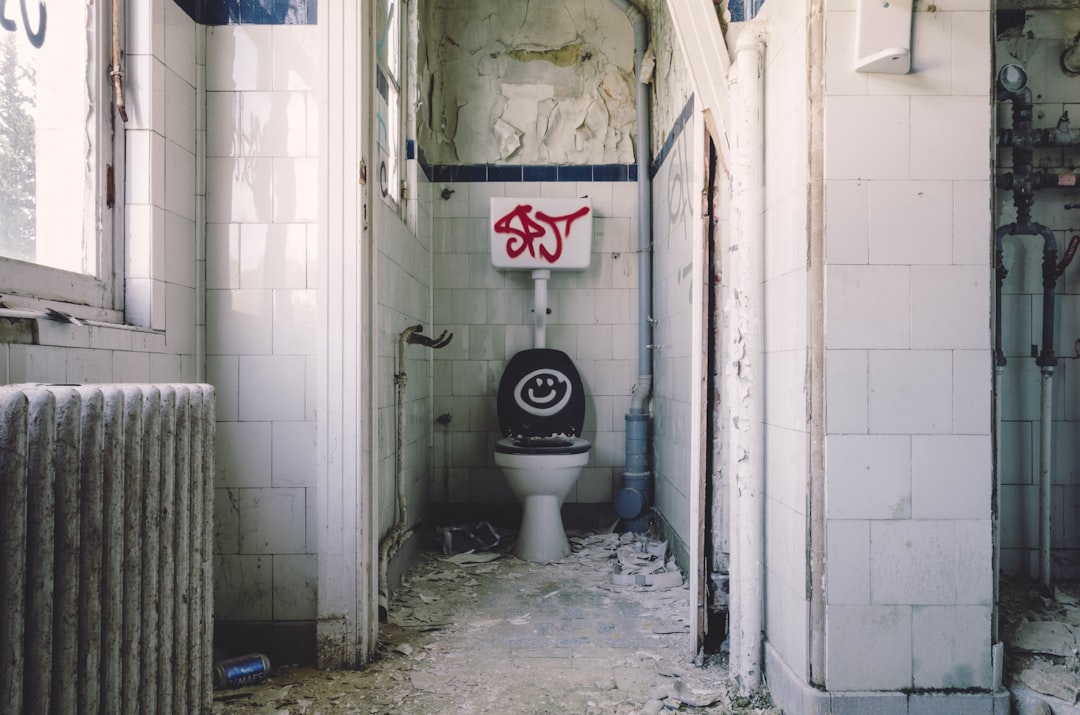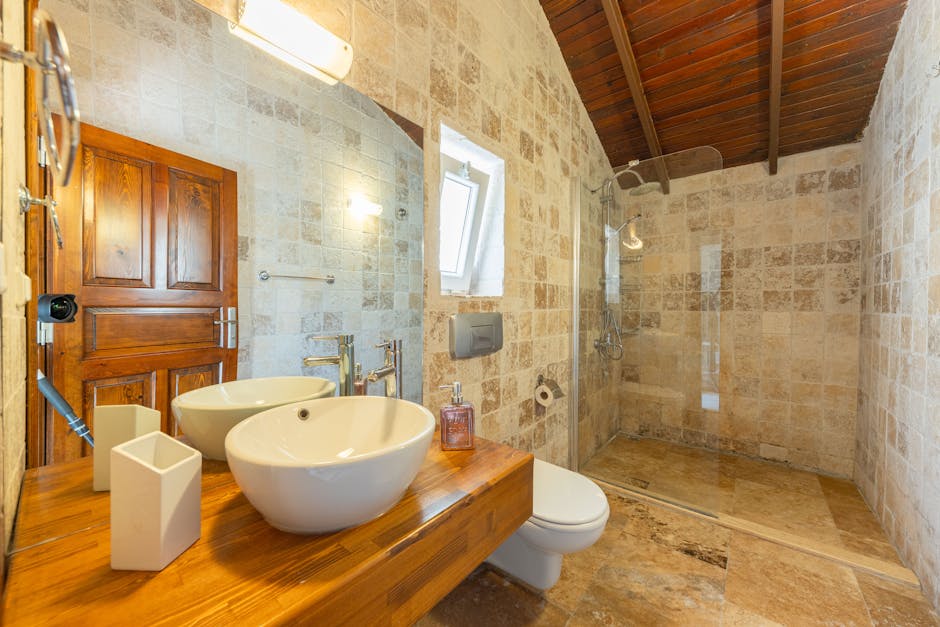QR codes have emerged as a popular and efficient methodology for app downloads, simplifying the process tremendously for users.

With QR codes, users can quickly download apps by merely scanning the provided code. This method eliminates the need for manual searching in app stores, which can save valuable time and effort.
While some users may still prefer downloading directly from app stores, integrating a QR code offers an additional, streamlined option. This dual-choice ensures a smooth user experience no matter their preference.
Using QR codes can also boost app downloads by minimizing friction in the installation process. Users are more likely to download an app when the process is simplified.
Black stains in toilet bowls are commonly caused by either mold or mineral deposits, particularly manganese. Mold tends to grow above the waterline, while manganese deposits are usually found below.

The removal process involves draining the water from the bowl, applying a paste made from vinegar and borax or baking soda, waiting for about 30 minutes, and then scrubbing the stains with a toilet brush. Environmentally friendly cleaners like vinegar and baking soda are recommended due to their effectiveness and reduced toxicity.
Mold spores thrive in dark, warm, and damp environments and can appear in various colors, including black, green, and orange. Consistent cleaning with baking soda and vinegar can help prevent mold growth.
Mold tends to grow above the waterline where there is ample air supply and moisture. Regular use of baking soda and vinegar for cleaning can help penetrate surfaces and eradicate mold, preventing its return.
The presence of mold in water channels of porcelain fixtures like toilets is a recurrent issue, particularly in damp environments. Utilizing Clorox Bleach tabs can effectively tackle this problem, though it may reduce the lifespan of certain toilet components.
Regular replacement of bleach tabs ensures the sustained eradication of mold. Environmental factors in certain areas, such as Manhattan, can heighten mold issues, making rigorous maintenance essential.
Mold in toilets is primarily due to fungal growth, considered black mold. It can spread swiftly in moist, warm environments and typically appears as black, green, or orange stains.
Mold growth can be spurred by stagnant water, human waste, and persistent bathroom moisture. It is crucial to maintain a clean and ventilated bathroom environment to curb mold reappearance.
A collapsed sewer line can cause severe blockages and slow drains, particularly in older homes. Temporary solutions like plungers and chemical treatments often prove ineffective, necessitating professional intervention.
Professional plumbers may use advanced tools to diagnose and address such issues. In severe cases, homeowners might need to consider expensive repairs, possibly requiring state permits and funding for extensive excavation.
By understanding these issues and employing the proper preventative and remedial measures, homeowners can maintain cleaner and more functional bathroom environments.

Immerse yourself in architecture’s most boundary-pushing ideas—where innovative home improvements meet visionary urban developments. Discover new building techniques, materials, and creative concepts that are redefining how we shape our spaces on a global scale.